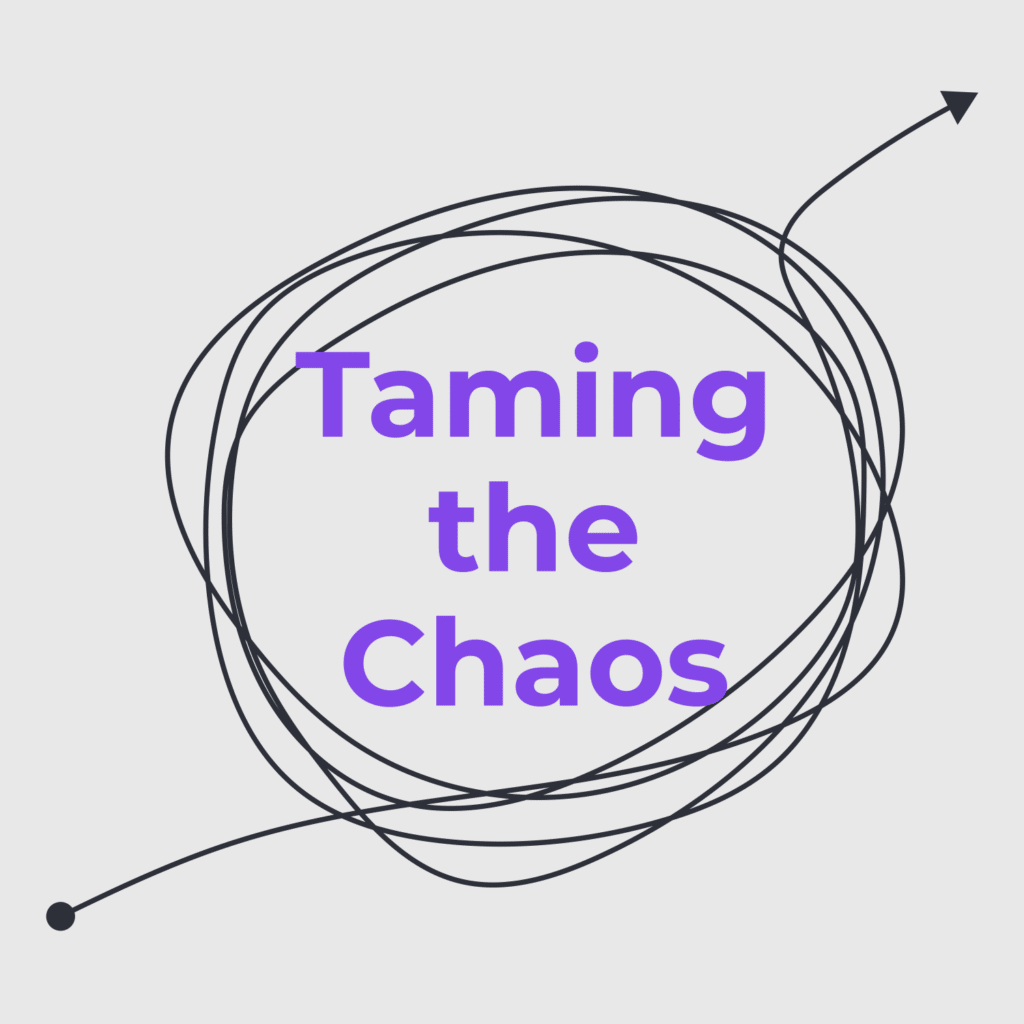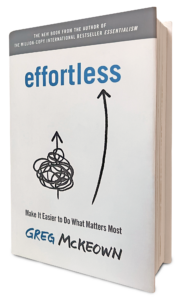I love the drive to learn and succeed within our space. It pushes us towards greater achievements, but it can also blind us to some critical weaknesses.
We’re hungry for the newest information, and there is always some new shiny object to chase. Every marketing survey seems to include some sort of sentiment that marketers don’t have what they need to be able to excel.
I realize that “FOMO” is now a dated term, but that’s where marketers often find themselves. (I have a teenager and a preteen that help me realize I’m firmly in the uncool land when it comes to modern slang.)
New social media platforms keep popping up, and we rush to figure out how we can promote our companies’ products and services. BeReal is one of the latest. Heck, it’s received enough recognition to be spoofed on Saturday Night Live in a pretty hilarious sketch.
Marketers aren’t even really sure how they can tap into this network, but there are plenty of folks watching for what BeReal does next.
Yes, we need to pay attention to the latest developments. We need to watch what new networks are coming out and what people are talking about.
But after you’ve paid attention, how many new marketing channels can you really add in a given quarter, a given year?
Taming the Chaos
Here’s a piece that we recently put together to illustrate what I feel like marketers need to be thinking about.

How can marketers work to tame the chaos?
I’m leaning into this concept more since I feel like our company works at this goal. We strive to build systems and programs that force people to carefully think through their processes in the building stage to be able to yield a repeatable process. In studying successful agencies, I understood how much the structure and repeatable processes mattered. The same is true for marketing organizations in large companies, too.
It’s important to be nimble, but sometimes good structures will take a lot off your plate. Instead of worrying about how you can assemble your team to respond (all the necessary personnel, etc.), you can just focus on the response itself.
Why It’s Good to Search
Relying on any single marketing channel is dangerous for companies, big or small. As someone who “grew up” in marketing over in the SEO world, I can certainly tell the story of many companies whose entire marketing strategy came down to how well they ranked in Google. Not long after, Google changed the rules, and all that traffic (and more importantly, buyers) disappeared from those businesses. Some of them had to shut down at that point.
Is that Google’s fault? Eh, that’s a completely different argument.
The point is, it happens. Businesses have to be resilient, and you, dear marketer, need to be on the lookout for how your business can have that necessary fortitude.
Take Inventory
We’ve all seen the meme of the guy walking with a lady but totally turning around to watch another woman walk by. I’m not even going to post it here. You’ve seen it too many times.
The reason you’ve seen it so much is because it’s so accurate.
We haven’t checked in our SEO, our UI, our content marketing strategy, or our organic social content frequently enough, but we’re ready to chase the next trend.
Slow down for a sec, and go check on those ongoing efforts. Build a cadence of monitoring and setting action steps based on what you find. Know how the whole strategy is going to fit together. Make sure you’re communicating that strategy enough to stakeholders.
Essential, Effortless
I’m a big fan of author Greg McKeown. He wrote a couple of books that are particularly relevant to this concept of reducing our anxiety by being more focused.
Early on in Essentialism, McKeown recounted the design criteria of Dieter Rams, the lead designer at Braun for many years:
Less but better.
Dieter Rams
Strip away the stuff that doesn’t have to be there, but excel at what remains. In a time when marketing budgets (and business budgets in general) are being scrutinized for every expense, this is a worthwhile thought for our efforts. Less but better.

More recently, in Effortless, McKeown told the story of military strategy since the end of the cold war, part of which is captured in the mantra “Slow is smooth. Smooth is fast.” Or, to unpack that some, “when you go slow, things are smoother, and when things are smooth, you can move faster.”
The “move fast and break things” mantra of Facebook works well for small startups desperate to prove that they’re worthwhile. For larger companies (including “grown-up” startups that have passed that initial fundraising point), stability is critical. Keep moving forward, but not at a pace that’s going to bounce you off the road.
Limit Your Efforts
Ok, I realized we swerved into potential self-help land there with that last section, but mindset is so critical in this line of work.
For your planning purposes, consider the following questions:
- What are you picking?
- What are you saying no to?
- What are you going to tighten up in the new year?
Michael spends a great deal of time with the healthcare industry both professionally and personally, which gives him the perspective of what stakeholders on either side of the care equation need.
He began coding in 2008 and subsequently shifted his attention entirely to online marketing. Michael completed his MBA in 2018, focusing on the intersection of healthcare and marketing.


